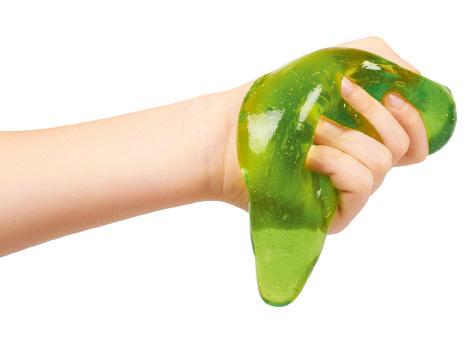
1 minute read
SCIENCE WORKSHOP
Recreational science
Scientific report. The snowman
All scientific research starts with a need to respond to a problem, or fact, that requires explanation.
To find the answer, we must form a hypothesis and check it against reality. If it passes our tests, the hypothesis becomes part of scientific knowledge. Otherwise, we must form a new hypothesis.
To check a hypothesis, we normally use experiments. They can be done in many ways, but must always be replicable by other researchers. Scientific communication of the results helps make that possible.
A scientific report must have at least the parts listed on the right.
• Cover
• Contents
• Problem statement
• Hypothesis
Reflect
• Method
• Results
• Conclusions
• References
One snowy winter day, you are making a snowman with some friends. When you finish, someone suggests putting a jacket on it so that it takes longer to melt.
Is that right? Would it take longer to melt with a jacket on?
Form small groups and tackle the problem using the scientific method. To communicate your results, write a report in poster format, as shown on the following page.
Writing a scientific report
We must clearly specify the problem we confront. In this case, for example, it could be: Does a snowman melt faster with a jacket, or without it?
We must specify the hypothesis, or possible answer, explaining why we think it might be true. There may be more than one. Then, we must indicate the process followed to check the hypothesis, specifying the materials used and the way they were used.
For each hypothesis, we must obtain the results obtained using verbal, mathematical or graphical language.
The conclusions must be based on the obtained results. If these conclusions support the hypothesis, we will have an answer to the problem; if not, we will have to generate a new hypothesis.









